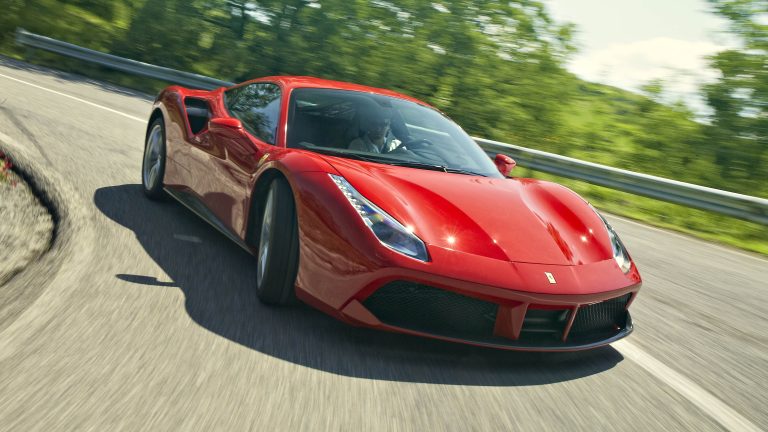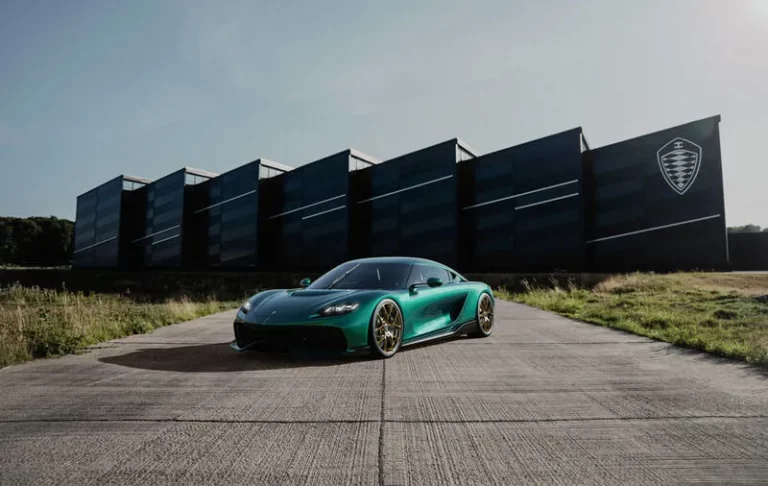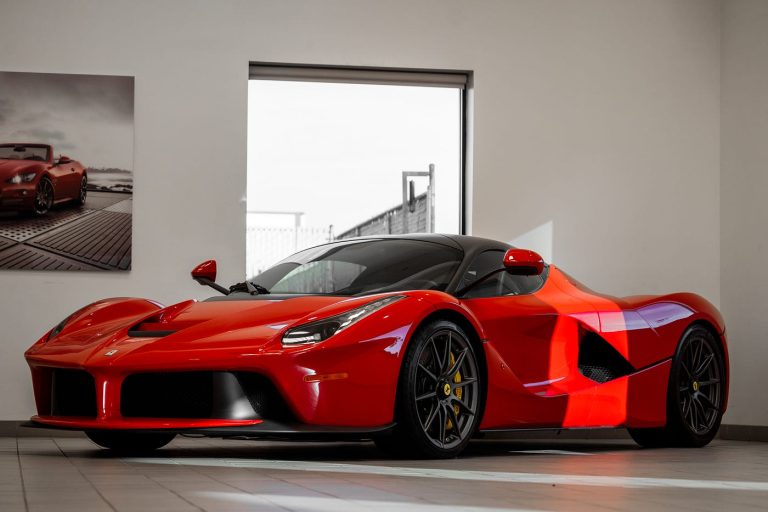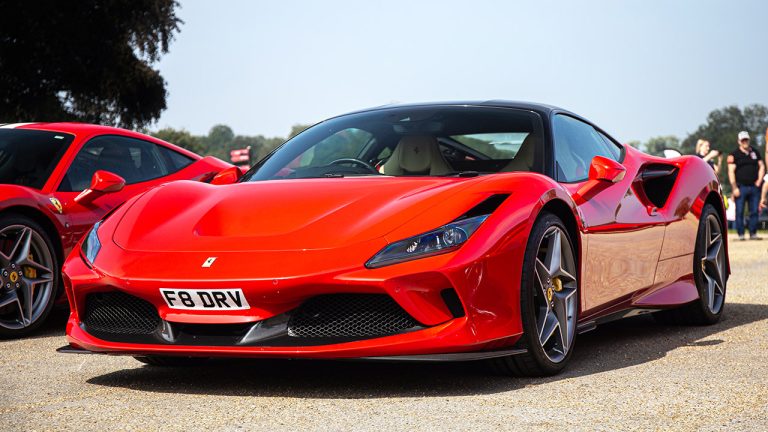What Does JDM Stand For?
Ever found yourself puzzling over the term “JDM” in car circles? You’re not alone. As a car enthusiast, you’ve likely bumped into this acronym and wondered about its significance. So, what does JDM stand for? And how did it carve out its niche in the automotive world? Today, in this guide, we’re going to demystify JDM, a term that’s more than just a label for cars made in Japan.

What Does JDM Stand For?
Why Are JDM Cars So Popular?
The popularity of JDM cars stems from their unique combination of superior performance, affordable prices, and exclusive access. Let’s analyze them why they are so popular:
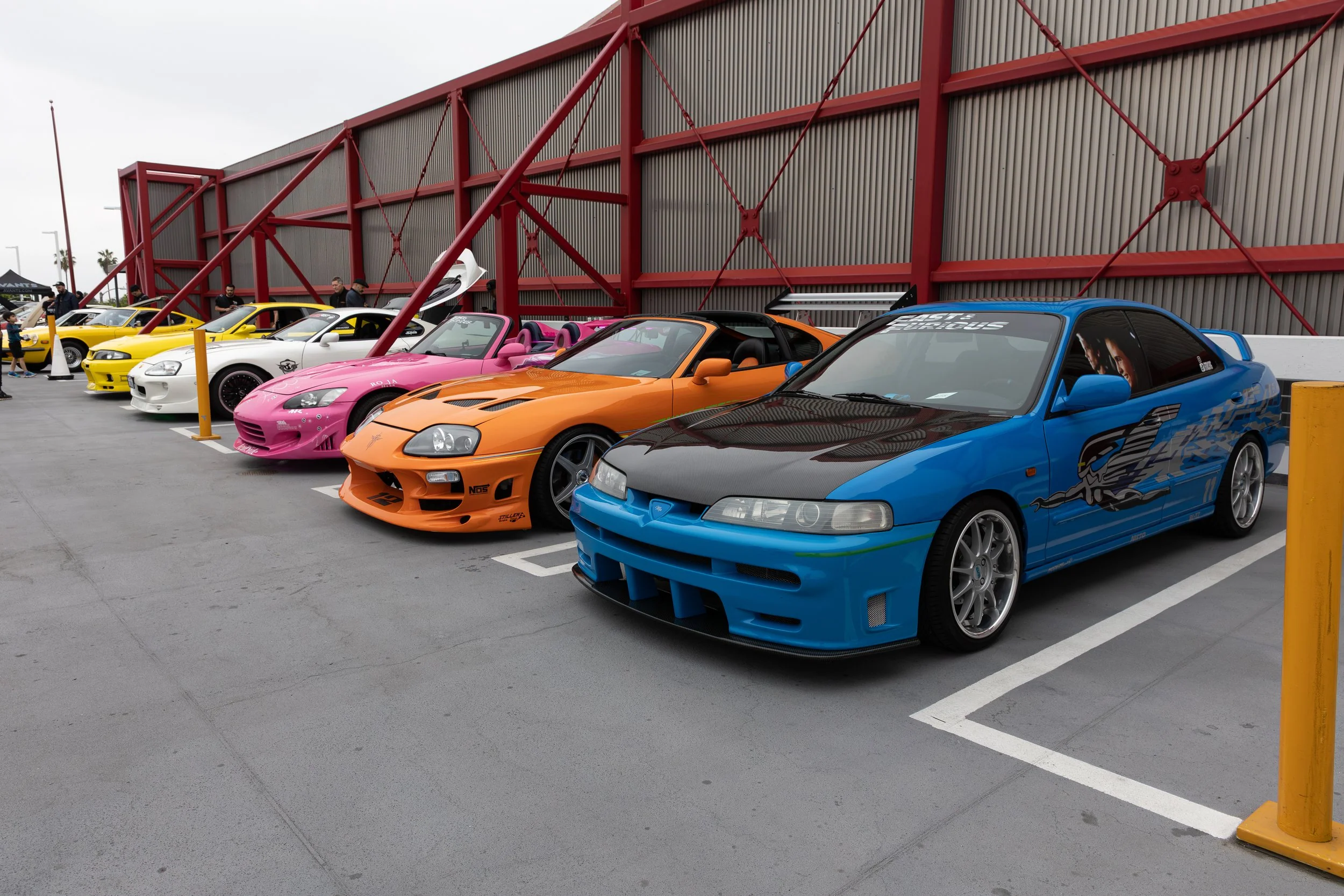
- Exceptional Performance: JDM cars, like the Nissan Skyline R32 and Honda S2000, stand out for their excellent track records. Built to suit the dramatic driving conditions in Japan, their high-speed stability and cornering capability make them favorites among car enthusiasts. Popular for both racing and drifting, these cars provide the thrill that racing enthusiasts seek.
- Affordability: Owning a high-performance car doesn’t have to break the bank. With JDM cars, you gain access to value-packed options. For instance, the Toyota Corolla Sprinter Trueno combines performance and affordability, a blend that’s rarely found in non-JDM vehicles.
- Limited Availability: Distinctiveness further fuels JDM car popularity. These machines aren’t readily available globally. They’re unique to Japan, which does more than just give them an exclusive tag; it makes them a symbol of pride for those who own them. Owning a JDM car is about being part of a global community, an element that extends beyond mere car ownership.
- Adherence to Japanese Regulations: Unlike cars built with a global audience in mind, JDM cars cater specifically to Japanese regulations and environmental conditions. This translates to cars with features that are absent in non-JDM vehicles, making them stand out in the global market.
Are JDM Cars Legal in the U.S.?
The legality of JDM cars in the U.S. depends on their age. Here’s the breakdown:

- 25 years or older: JDM cars that are 25 years old or older from their manufacture date can generally be imported legally into the United States. This is due to a regulation by the U.S. Department of Transportation.
- Less than 25 years old: JDM cars younger than 25 years cannot be imported unless they meet strict Environmental Protection Agency (EPA) and National Highway Traffic Safety Administration (NHTSA) standards. This is because they weren’t originally built to comply with U.S. safety and emission regulations.
So, every year, a new batch of JDM cars becomes eligible for import as they hit the 25-year mark.
How Do I Know If My Car is JDM?
There are a few ways to identify if your car is JDM (Japanese Domestic Market):
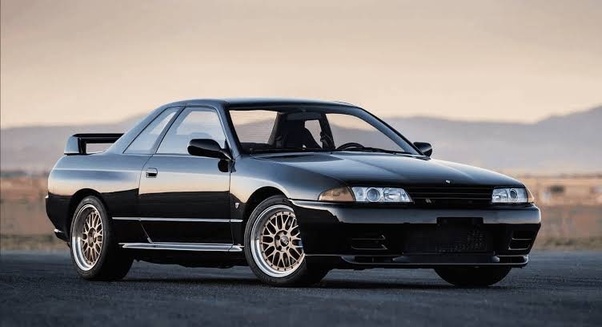
1. Check the VIN (Vehicle Identification Number):
- The VIN is a unique code that identifies your car. It’s usually located on the driver’s side dashboard or door jamb.
- JDM VINs typically start with a single letter, often “J” but can also be “S” depending on the manufacturer. USDM (United States Domestic Market) VINs typically start with a number, most commonly “1”.
- Note: This method isn’t foolproof, especially for older cars. VIN formats can change over time, and some Japanese-made cars might have VINs designated for other markets.
2. Look for JDM-specific features:
- Right-hand drive (RHD): This is a strong indicator that the car was built for the Japanese market, where driving is on the left side of the road. However, some JDM cars are converted to left-hand drive (LHD) for the US market.
- Engine code: Some JDM engines have unique codes that differ from their US counterparts. Researching your car’s specific model and year can help you identify the JDM engine code.
- Japanese markings: JDM cars might have markings or labels in Japanese on the instrument cluster, dashboard, or other areas.
3. Research your car’s model and history:
- Look for information online about your car’s specific model and year. Car history websites or forums dedicated to JDM cars can be helpful resources.
- Knowing the original market for which your car was built will clarify if it’s JDM.
Here are some additional points to consider:
- Not all Japanese-made cars are JDM. Some cars might be manufactured in Japan but intended for other markets.
- Even if your car wasn’t originally JDM, it could have JDM parts or modifications.
If you’re unsure about your car’s origins, consulting a mechanic or researching online communities focused on your car’s specific model can provide more definitive answers.
Frequently Asked Questions
Is Toyota a JDM brand?
Yes, Toyota is considered a JDM brand. It designs its vehicles with Japanese driving conditions in mind. The term JDM also describes Japanese-made aftermarket parts and exported versions of cars produced in Japan.
How do JDM and Japanese cars differ?
Not all Japanese cars are JDM. While Japanese manufacturers produce cars for global export, JDM cars are specifically made for the Japanese market and tailored to their unique specifications and conditions.
Why are JDM vehicles illegal in the US?
JDM cars may not comply with some US import laws, particularly those regarding emission control and safety, making them illegal. Furthermore, JDM cars imported directly from Japan come with right-hand drive, which is not standard in US vehicles.

Hi! I’m Larry Gibbs, studying mechanical engineering with a focus on cars. I really love Ferraris and write blog posts about the latest car stuff. When not studying or blogging, I’m usually on a road trip exploring new places. I also enjoy playing football and watching movies. Life’s an adventure, and I’m all about enjoying the ride!

